Deck & Commander Strategies

The Gitrog Monster
Uses dredge and graveyard recursion with Life from the Loam and Crucible of Worlds to generate card advantage and landfall triggers, aiming to outvalue opponents and control the board through repeated land play and sacrifice effects.
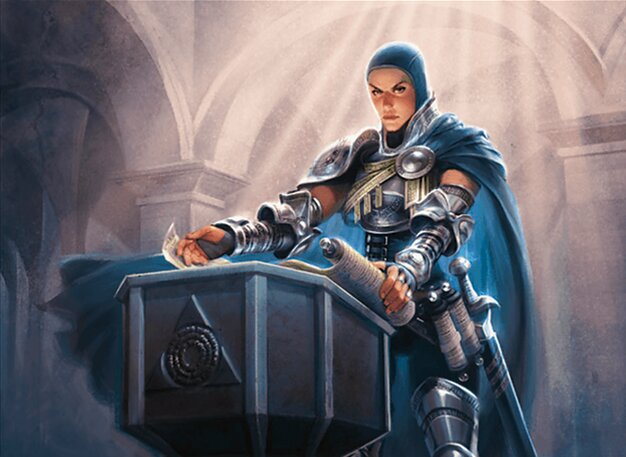
Lavinia of the Tenth
Controls the board by locking down noncreature spells and taxing opponents, leveraging her ability to disrupt combo and control strategies while attacking with creatures and flicker effects to maintain board presence.
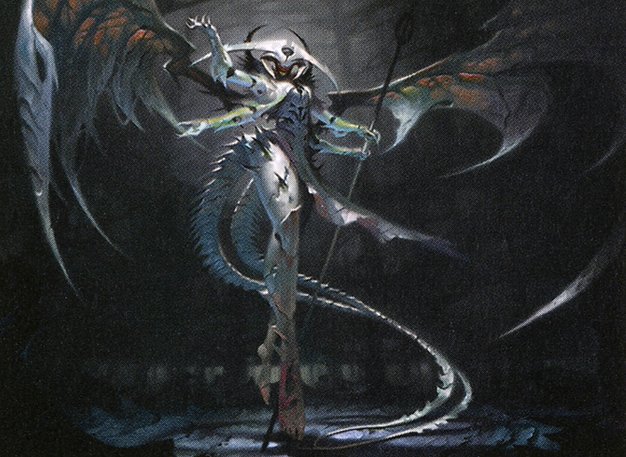
Atraxa, Praetors' Voice
Focuses on planeswalkers and proliferate to build incremental advantage, using tokens and support spells to protect planeswalkers and apply pressure while growing counters across permanents.

Breya, Etherium Shaper
Utilizes artifact synergies and efficient spellcasting to generate tokens and value, combining artifact tutelage and planeswalker support to control the board and ramp into powerful threats.
Gameplay Insights
- 1
The Gitrog Monster player's use of dredge to bypass discard and generate value was crucial for recovering after board wipes.
- 2
Lavinia's ability to lock down noncreature spells slowed down Breya and Atraxa, but was eventually broken by Beast Within.
- 3
Breya efficiently used artifact creatures and planeswalker tokens to maintain board presence despite taxing effects like War Tax.
- 4
Atraxa leveraged proliferate each turn to maintain planeswalker dominance and incremental advantage.
- 5
The timing of Ravages of War wiped out most creatures and disrupted multiple players' boards, shifting momentum.
- 6
Strategic use of flicker effects by Lavinia's player preserved key permanents and mitigated removal threats.
- 7
Players carefully weighed attacking decisions under taxing effects to avoid paying excessive costs.
- 8
Removal of key planeswalkers like Gideon by Hex Parasite shifted control dynamics in favor of The Gitrog Monster player.
Notable Cards
-

Life from the Loam
-
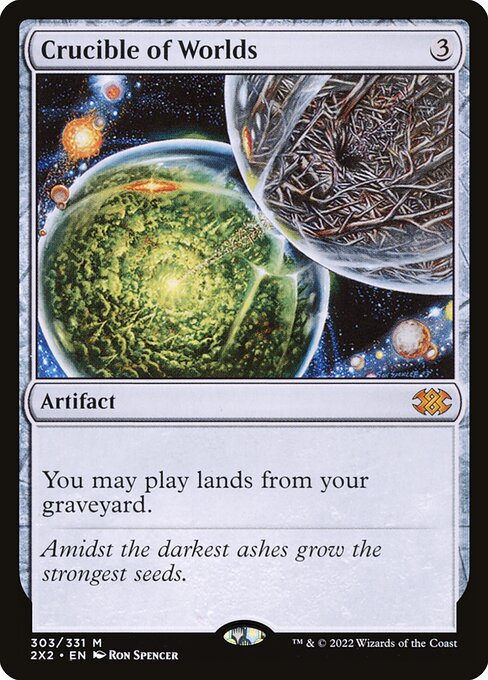
Crucible of Worlds
-
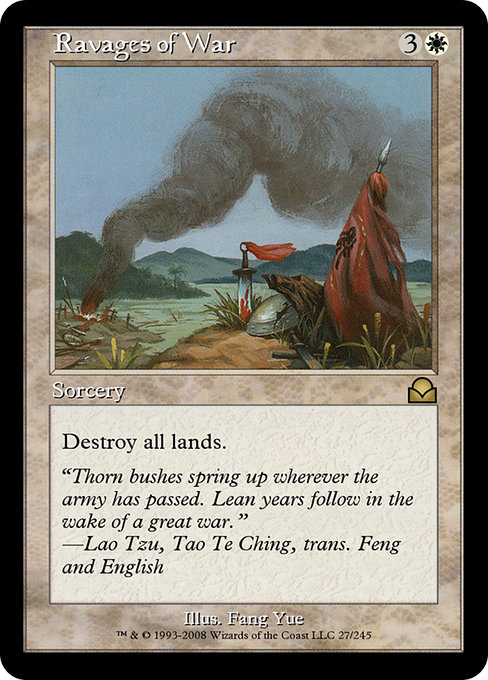
Ravages of War
-
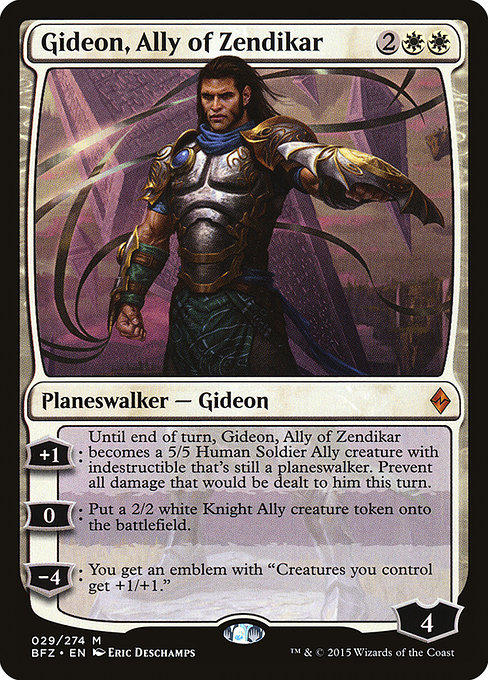
Gideon, Ally of Zendikar
-
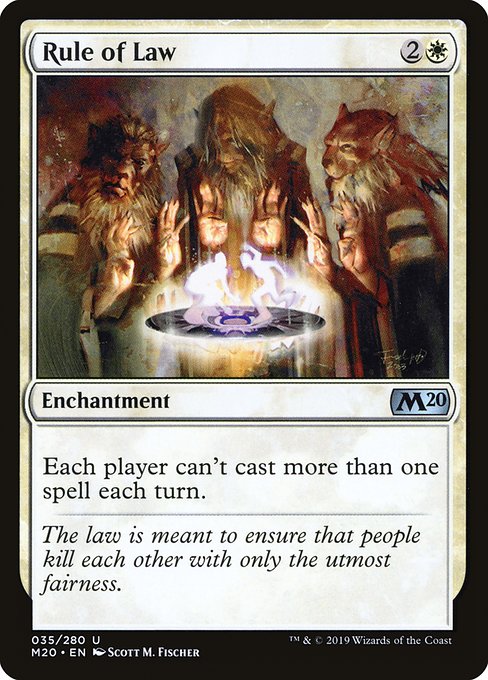
Rule of Law
-
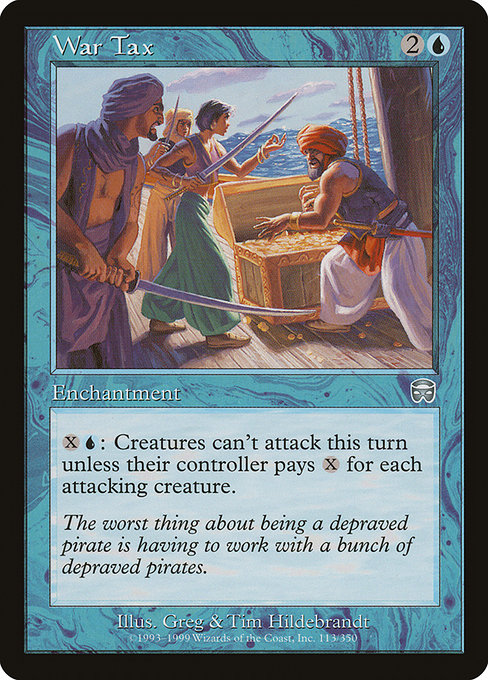
War Tax
-
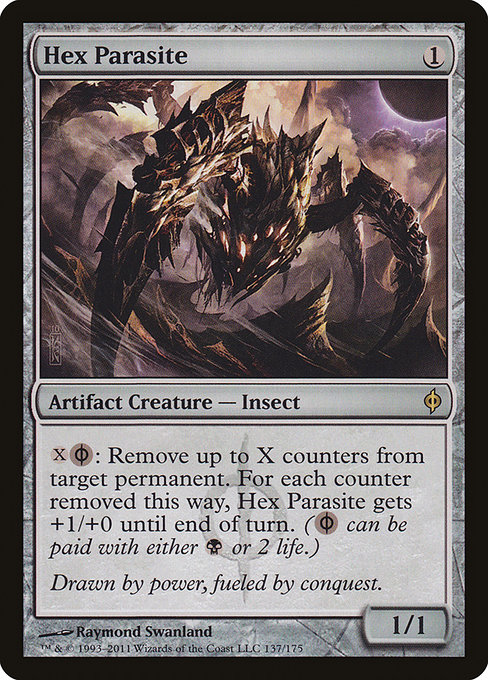
Hex Parasite
-
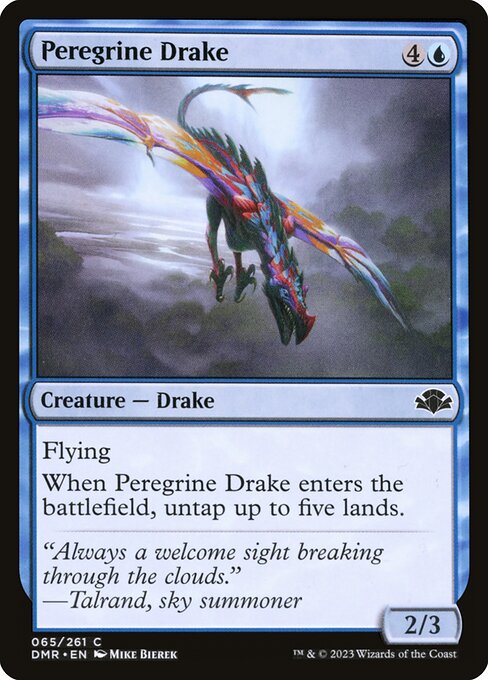
Peregrine Drake
-
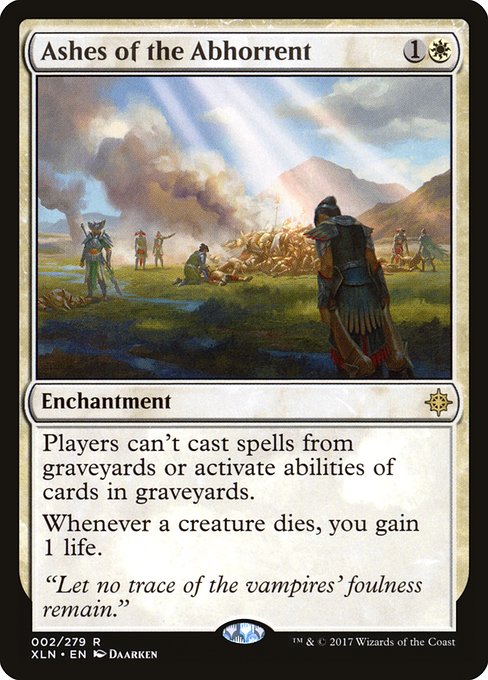
Ashes of the Abhorrent
Gameplay Summary
The game started with all four players setting up their boards with ramp and early creatures, each focusing on their deck's main themes.
The Gitrog Monster player established land interactions and dredge with Life from the Loam and Crucible of Worlds, steadily advancing their graveyard recursion and landfall synergies.
Lavinia of the Tenth and Atraxa players focused on controlling the board with planeswalkers and taxing effects, while Breya aimed to assemble artifact synergies and interaction with cards like Chief Engineer and Trinket Mage. A key turning point occurred when a board wipe from a Ravages of War was cast, clearing most creatures and disrupting Lavinia's and others' early board presence.
This leveled the playing field and allowed the Gitrog Monster player to recover lands via dredge and Crucible of Worlds.
Meanwhile, Atraxa's proliferate and planeswalker support generated incremental advantage, while Breya's efficient artifact plays and planeswalker tokens maintained pressure.
The interaction of Rule of Law and War Tax created taxing conditions that slowed down some players' aggression.
Eventually, repeated value plays, removal of key threats like Gideon, Ally of Zendikar, and exploitation of graveyard recursion led to a gradual advantage for the Gitrog Monster player, who leveraged their land and dredge synergies to outlast opponents.





















![Commander VS S3E1: Olivia vs Gitrog vs Odric vs Sigarda [MtG: Multiplayer] thumbnail](https://i.ytimg.com/vi/IeIh3dkob-Y/sddefault.jpg)










